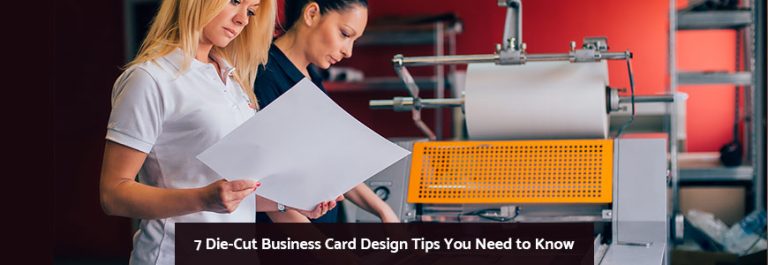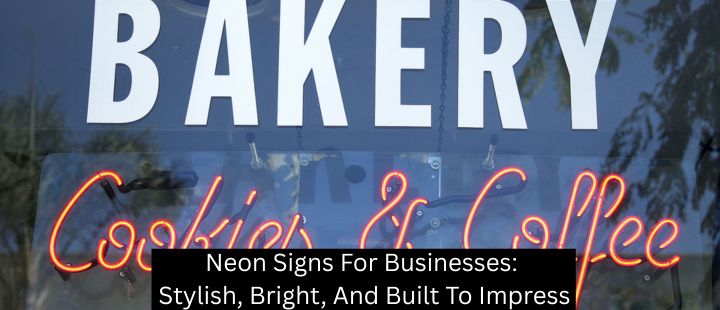When properly designed, die-cut business cards are cost-effective ways to market and brand your business. That’s why more than 27-million get printed daily in the United States.
But tacky business cards do more harm than good. A huge percentage of those 27-million cards are guilty of design errors that are literally costing their owners business.
If you’re not sure whether your business card is up to par, the following 7 die-cut design tips are here to help:
- Take advantage of consumer expectations. The average business card “consumer” is used to viewing cards formatted in a certain way. And while you may see this as an opportunity to break the mold and stand out from the competition, the reality is that these basic standards are there for a reason. People respond best when your name, position, and contact information is laid out in a certain way, so resist the urge to get too clever.
- Know your font limitations. Most die-cut business cards work best with font sizes from 8 to 14-point. Small fonts hurt readability and big fonts start to look like flash cards. Limit yourself to two fonts at most – one for the header (which may be your name), and one for the rest of your business details. Also, avoiding fancy fonts is generally a good idea since they tend to decrease readability. Scripts fonts are especially problematic. That said, you can get away with a little extra on business cards, since the reader is able to take your “sign” with them for further study.
- Know what your font says about you. Similar to the last point, you should know the feelings you fonts evoke. The more in touch you are with these concepts, the greater the efficacy of your branding. For example, serif fonts tend to feel more traditional, which would suit an artisanal business. Conversely, sans-serif fonts tend to look more modern, which would be more appropriate for a tech company.
- Appreciate your business card shape as a design element. Your business card isn’t just substrate. Use the shape to accentuate your design. For example, a circular cut would complement a circular logo.
Die-cut capabilities are robust;in fact, you might be surprised at the level of sophistication and customization that die-cutting offers these days. If you’re working with a Signworld business partner, nearly anything is possible, from the simplest rounded corners to the most complex custom shapes.
- Exercise restraint with your choice of color. A dab of color helps catch the eye and reinforce your brand, but too many will clash and become a distraction. Limit your palette to three colors for best results.
- Remember both sides of your business card. Make the most of the space you have available by incorporating a creative tagline or eye-catching design on the back of your business cards. But don’t make the mistake of splitting your business details between the two sides. This is an unconventional move that most readers won’t expect, and may even result in them missing vital bits of info.
- Explore different orientation options. Landscape is the standard format for business cards, but portrait orientations are becoming trendier by the day. Speak with a member of the Signworld business alliance and see if an outside-the-box option is right for you.
Learn more about die-cutting design by contacting a member of the Signworld business alliance at https://www.signworld.org.




